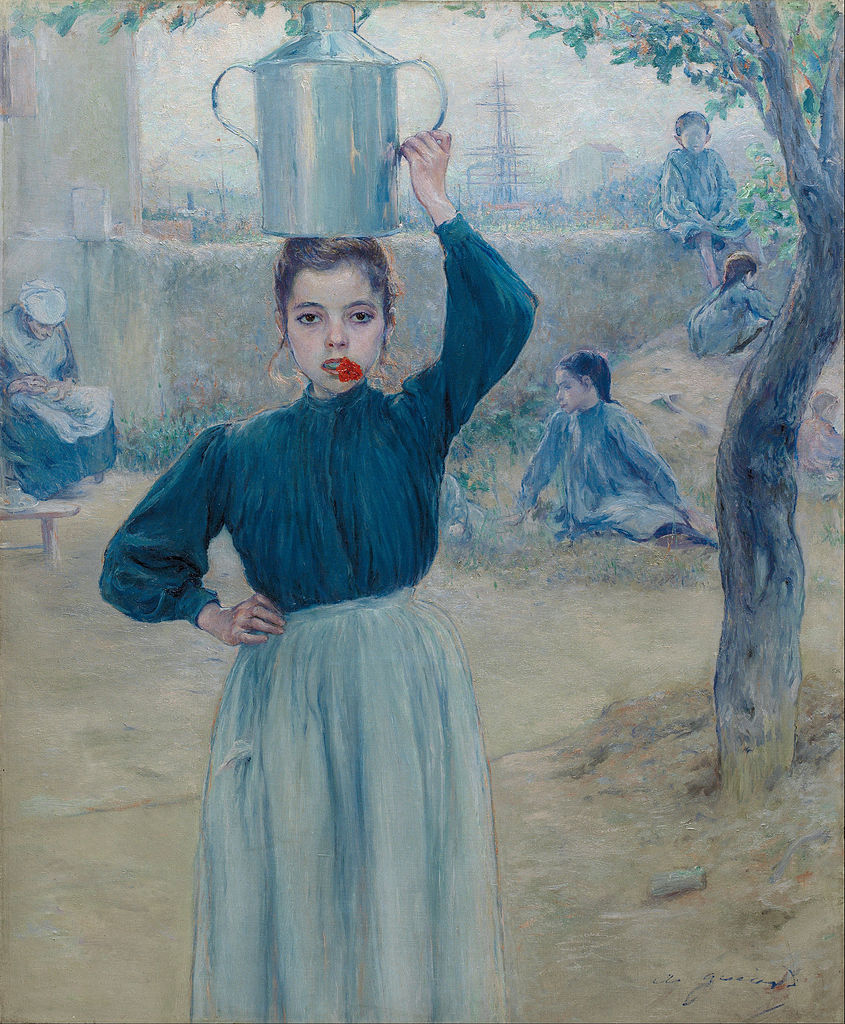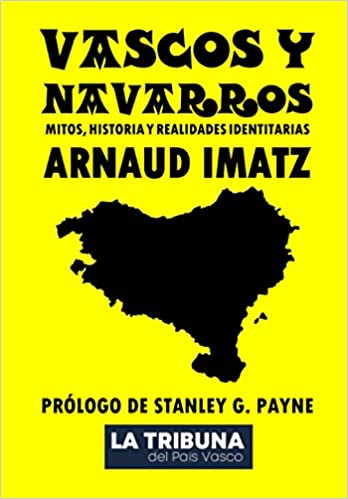We are so pleased to offer our readers the very first English translation of the “Prologue,” by the great scholar of modern Spain, Professor Stanley Payne, to the new book, Vascos y navarros: Mitos, historia y realidades identitarias (Basques and Navarrese: Myths, History and Realities of Identity), by the renowned historian Dr. Arnaud Imatz whose work we have had the great privilege to present in the Postil.
In another place I have observed that all history is individual and singular, and that of all the lands of the West none has a more singular history than Spain. Within Spain, there is no other region as unique as the Basque Country, not even the Catalonia of the fet diferencial.
The Basque Country is especially individual for several reasons – its native language, its specific institutions (individualized by provinces even within the region) and its history. However, it also participates in the same general social structure and common culture of Spain; and its anthropological basis is, despite everything, and if we follow the conclusions of Julio Caro Baroja, probably more similar than the ultra-nationalists want to admit.
Arnaud Imatz is a French writer and intellectual who has devoted a long time to the history and problems of Spain, although he is not as well known within the country as he deserves. His important works published in Spain have dealt with Francoism and other significant issues, from Al-Ándalus to current problems. As a Basque-French with a long background on both sides of the Pyrenees, it is only natural that he has devoted a lot of attention to Basque history.
A dominant aspect of current Spanish culture is the misrepresentation of history, both within and without the country. And the part of Spain whose history that has been the most misrepresented is the Basque Country proper. All nationalism, without the slightest exception, mythologizes the history of the nation; but the myths of Basque history are even more outlandish than those of some other nations or regions.
That is why Arnaud Imatz has prepared this book on Basques and Navarrese, which constitutes a profile or tracing of the most important events, personalities and factors in Basque history, with the goal of presenting the facts and realities of this story.
In addition – which is equally important – it offers a much more complete perspective, because it includes the history of the French Basque Country and Navarre. Given the oppressive self-absorption of historiography in Spain, this fuller perspective is usually lacking, however indispensable it may be. For this reason, such a historical profile by Imatz constitutes a unique work, indispensable to understand the basic historical structure of “both” Basque Countries, and also how Navarra is related to this history, while also following its own history.
I would like to illustrate the complexity of this story with a personal anecdote, which has to do with the very origin of my own interest in the Basque Country, and which refers to the personality of the original Basque Lehendakari, José Antonio de Aguirre, who has been, as Imatz says, both the most famous and the most popular of all those who have occupied that position. Unlike the other Republican leaders in exile, Aguirre spent most of World War II in the United States, a circumstance that no doubt had to do with the perpetual search at that time for an international sponsor.
During the war, I had presented a short cycle of lectures at my university, Columbia (USA), and my thesis supervisor, who had known him, provided me with a personal letter of introduction, because in 1958, I had thought to start my first research trip to Spain, with a brief stay in Paris to meet the main republican exiles, some of whom helped me generously.
Aguirre received me immediately and with great cordiality at his office at the “Délégation d’Euzkadi” on rue Singer de la Rive Droite in Paris. The President had a great gift for being with people, and was easygoing and open in his dealings, with a lot of human warmth. Furthermore, he had the time to chat for an hour with an unknown 24-year-old North American PhD candidate, in part because nationalism was at a low point in those years.
I visited him again in June 1959, after my research in Spain, and he received me in the same cordial manner. With his great personal geniality, Aguirre spoke extensively on the history of nationalism and the Basque Country and was very open to questions. In other venues, he was undoubtedly a lot more controversial; but on a personal level he was not controversial at all.
As an example of his frankness, I will mention the fact that it was Aguirre who first explained to me that in 1936, opinion in the Basque Country was divided into three, with a third in favor of nationalism, another in favor of Spanish Catholic rights and the last, a third, supporting the Spanish left, which was true. Or, as Imatz says, the Spanish civil war was also a civil war between Basques. Aside from the historical issues, I will always remember the Basque President with the greatest affection for his generosity and kindness.
He also introduced me to other personalities, especially the great Basque bibliographer Jon Bilbao, who would soon be a good friend and colleague for life. Jon, who had been born in Puerto Rico, was an American citizen but had been a young gudaris officer in the war. He later earned a Ph.D. at Columbia, where his professors, somewhat baffled by the uniqueness of the Basque language in which Jon wanted to specialize, placed his research project in none other than the Ural-Altaic languages section, another example of the perplexity raised by the language (as Imatz will explain).
Years later, Jon became the librarian, and special, advisor at the Basque Studies Program at the University of Nevada, the first in North America with that specialty. Then, during the brief period of my research on the Basque Country (1971-1973), it was Jon who insisted that I expand my limited monograph on nationalism under the Second Republic, requested by the Rivista Storica Italiana, into a short book on the entire first phase of nationalism. In those last years of the Franco regime, it was the first professional study on a subject that later, in the democratic era, would become an extensive industry.
For these and other reasons, it is a real pleasure to write this foreword to the work of Arnaud Imatz, which because of its unusually broad perspective and its objectivity constitutes a unique book, short but absolutely basic. His text is sober, exact, very concise, objective and demystifying, but without controversial tones. It is especially useful at this time for any reader interested in knowing the fundamental data of the history of the Basque provinces and Navarra – without myths.
The image shows, “The Little Village Girl with Red Carnation,” by Adolfo Guiard, painted in 1903.
Translated from the Spanish by N. Dass.

